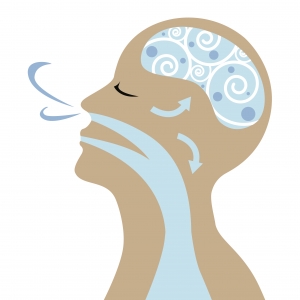Well, recent floods in my area have wreaked havoc (relatively minor for us, thankfully) and we’ve been offline for a while. I hope everyone else has fared well.
Reflecting on how things unfolded as the flood waters rose rapidly – and given that we are all faced with problems and unfortunate situations from time to time – highlighted the importance of being able to remain calm while things around you seem to unravel.
As a leader dealing with a problem, remaining calm enables you to assess the situation, weigh up pros and cons, and make a reasonable decision all within a relatively short space of time.
Most people know that when we feel pressured or stressed (a ‘threat’ situation), our bodies and brains generally react by going into fight, freeze or flight modes. We’re designed to do this as a self-preservation strategy, so this is a good thing. Our heart rate becomes more rapid (so we can leap into action), blood flows to our extremities and our muscle tension increases (so we can run if needed), and we get a surge of adrenaline (to increase our awareness and to power our response). Our breathing may become more rapid or we may hold our breath.
While these responses are super-useful in some circumstances, they are not so functional when we are in a meeting, dealing with a stressful situation at work, or having a tricky discussion with a colleague, boss or team member.
So, what’s the best way to remain calm?
Consciously manage your breathing.
Although it seems overly simple, I really can’t emphasise this enough as a foundational technique to apply in many circumstances.
And it’s not just ‘breathing’; it’s doing it consciously.
A colleague said that focusing on their breathing can take too much time and sometimes just feels awkward. She’s right. It doesn’t often work to spend a minute slowly breathing in and out in-the-moment – and you don’t need to do this.
Do just one thing…
If you remember to do just one thing, then it’s to consciously breathe out.
You must breathe anyway so you may as well make it conscious and help to settle your emotional response.
A long slow breath out will help to reduce tension in the body as well as quieten any rapid breathing. A long deep breath in (which will happen automatically) will help replenish oxygen to the brain. Although you might still feel a bit anxious in your body, your brain is much better able to assess the situation and make a decision about what to do next.
If the situation allows and you can continue the deep breaths for a minute or two, then this rhythm of slower breathing mimics the body’s relaxation response and allows you to be more mindful in moving forward.



